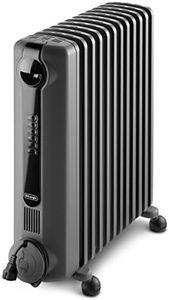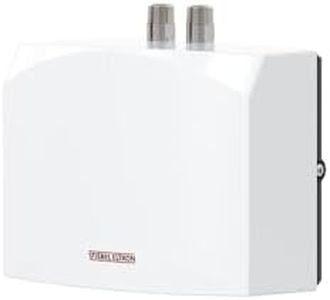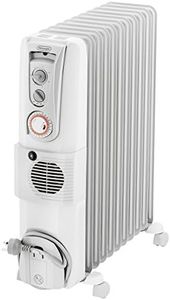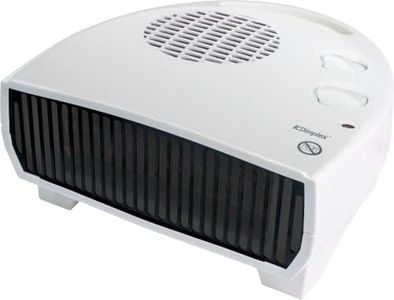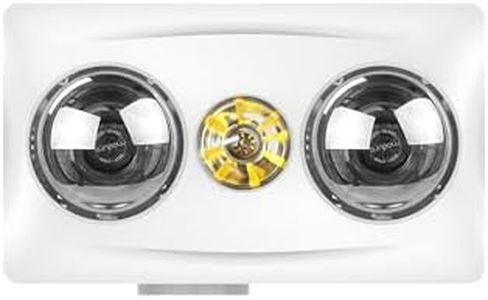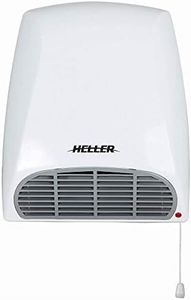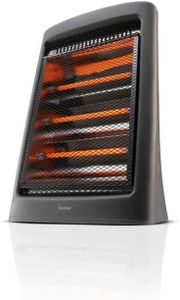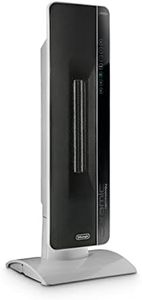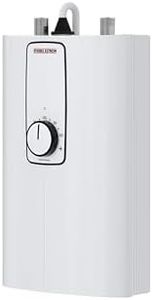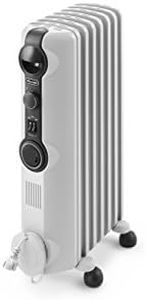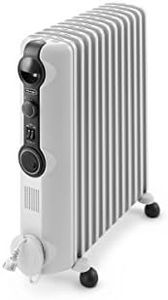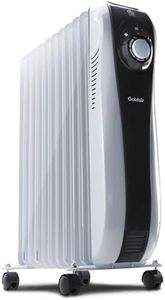We Use CookiesWe use cookies to enhance the security, performance,
functionality and for analytical and promotional activities. By continuing to browse this site you
are agreeing to our privacy policy
10 Best Bathroom Heaters
From leading brands and best sellers available on the web.By clicking on a link to a third party's website, log data is shared with that third party.
Buying Guide for the Best Bathroom Heaters
Choosing the right bathroom heater is important because bathrooms can get chilly, especially in colder months. The right heater will make your bathroom comfortable and safe to use, especially after a shower. When picking a bathroom heater, you need to consider factors like the size of your bathroom, how quickly you want it to warm up, and where you plan to install it. Safety is also more critical in bathrooms due to moisture, so picking a heater made for bathroom use is key. Understanding the main features will help ensure you make a smart and safe choice.Heating TypeHeating type refers to how the heater produces and delivers warmth—main kinds include fan-forced, radiant, and panel heaters. Fan-forced heaters blow warm air and can heat up a room quickly, making them good for when you want warmth straight after a shower. Radiant heaters emit heat like the sun, warming you directly rather than the air, so they're ideal if you stand in one place, for example, at the sink. Panel heaters work more slowly but keep the room at a steady temperature. Pick the type depending on how quickly you want heat and whether you want to warm a person or the entire room.
Power Output (Wattage)Power output, measured in watts (W), tells you how much heat the heater can produce. Lower wattage heaters (around 500-1000W) are good for small bathrooms or for keeping the chill off, while higher wattages (like 1500-2000W) are better for larger bathrooms or faster heating. Think about the size of your bathroom—if it's small, a high-wattage heater may make the space uncomfortably hot, whereas a larger bathroom needs more power to warm it up effectively.
Moisture Protection (IP Rating)Because bathrooms are damp, bathroom heaters need moisture protection, often shown by an IP (Ingress Protection) rating. This rating shows how well the unit is protected from water and dust. For example, a rating starting with 'IPX' followed by a number (like IPX4) tells you it can handle splashes from any direction. High IP ratings are crucial since a heater without enough moisture protection could be a safety hazard. Always look for a heater rated for bathroom use to ensure it's safe near water.
Installation TypeInstallation type describes how and where you set up the heater. Options include wall-mounted, ceiling-mounted, or portable/freestanding units. Wall or ceiling models save floor space and are often safer in small or busy bathrooms, while portable heaters offer flexibility if you want to move the unit or use it in other rooms. Think about your available space, where you want the warmth, and how permanent you need the heater to be when choosing the installation type.
Thermostat and TimerA thermostat controls the heater's temperature and helps maintain a comfortable level without overheating, while a timer lets you set the heater to turn on or off automatically. Thermostats and timers make the heater more convenient and energy-efficient—for example, you can set the heater to start warming up the bathroom just before you use it. If you want hassle-free comfort or tend to forget to turn things off, this feature is especially useful.
Safety FeaturesSafety features, such as overheat protection and tip-over switches, are important in bathroom heaters, given the mix of water and electricity. Overheat protection shuts the heater down if it gets too hot, while tip-over switches turn it off if it falls. These features are crucial, especially in homes with children or pets, or if your bathroom is small and crowded. Always make safety a top priority when choosing any heater for the bathroom.

